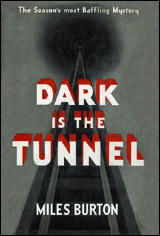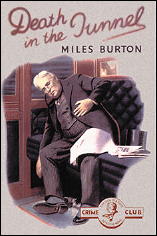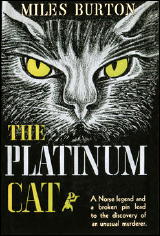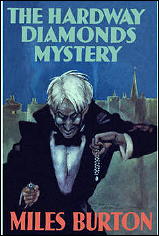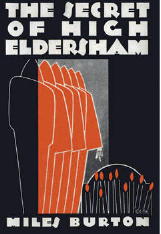DAVID HEWSON – The Sacred Cut. Nic Costa #3. Delacorte Press, US, hardcover, December 2005. Macmillan, UK, April 2005.

There are not many types of mysteries that I do not read, but there are a few. I remember once expressing my disinterest in detective stories with horses in them, which at the time caused a mini-uproar among Dick Francis fans, among others. Well, Dick Francis fans need no longer worry. I’ve read a couple of his books, and they were pretty good. Especially the parts that did not have horses in them.
At one time I had no interest at all in historical mysteries. Now I read them all of the time. Except for those that take place in ancient Rome. I think that relates somehow to my distaste for Latin in high school. Ixnay, I say.
I still do not read mysteries in which children are the victims. It’s bad enough to have to read about such incidents in the newspapers almost every day. Mind you that I am not saying that mysteries in which children are the victims should not be written, if they are written with the right motive in mind, but if children are hurt or killed in a work of fiction, it had damn well better be the right motive in mind.
I seldom read books about serial killers, either, which gets us closer (finally) to the book at hand. The determining factor in this sub-genre is how much blood and gore gets splattered around. Generally speaking, my rule of thumb says to assume that when a book is about a serial killer, the author somehow is going to depend on blood and gore to get his (or her) point across, that this is one nasty guy and somehow he has to be caught. Well, sure. And I’ll pass on it and read something else.
And so The Sacred Cut had a couple of strikes against it, even before I began, given the front cover of the Advance Reading Copy:
The snow is falling on the ancient streets of Rome. And in the heart of the world’s most enigmatic city, under the Pantheon’s great dome, a woman’s body lies on the marble floor. Grotesquely carved on her back is … THE SACRED CUT.
You recall what I said about ancient Rome? Well, that’s not really the setting here, but in a sense it is. The setting is as contemporary as it can be, given that the various US invasions of Iraq are to blame for the events behind the scene described in the blurb above. But generally speaking, as the blurb suggests, history does play a big part of the story, with the multi-faceted city of Rome being one the most important players.
There is, in fact, a large ensemble cast of players, and as long as the focus stays on police officers Nic Costa and his partner Gianni Peroni; their superior, Inspector Leo Falcone; the female pathologist Teresa Lupo; the female FBI agent-in-training Emily Deacon; and Laila, the youthful (female) waif refugee from Iraq who witnesses the scene in the blurb above, then all is well.
Better than merely “well.†This is as intriguing a police procedural as I’ve read in a long time. (Even if you keep in mind that for some reason, I have not read a police procedural in a long time, this is still a true statement, and I stand behind it with no qualifiers at all. (I almost said with no qualification at all, but I thought better of it.))
I have to tell you, though. After reading page 116, when the killer snaps and his scalpel starts flying and he begins flaying away, along with a handy supply of meat saws and cleavers nearby, I very nearly did not read page 117.
More of the same, I thought, and I have better things to do. My advice to you, however, is the same I gave myself. Keep on reading. You won’t regret it.
The killer is largely known; his motives are not. Either way, he’s far from the most interesting factor of the novel. It’s Falcone’s superiors who are; Emily Deacon’s superior who is; it’s the relationship between Costa and Peroni and Lupo and Deacon and (surprisingly) Laila which is. Humorous when it needs to be, sad when it needs to be, philosophical when it needs to be, and real all of the time, this is a long novel which you will wish was even longer.
What came as a surprise to me, when it was over, as I was happily sitting where I sat, doing my own wishing for more, was the discovery that this is the third in a series of Nic Costro novels, and that the fifth will be published next year. I knew that author David Hewson had written a quite a few other books I’ve seen at Borders, but they all looked like standalones to me. Filled with serial killers and/or grotesque killings.
It looks like I’ll have to go looking for them.
— Reprinted from the online
Fatal Kiss, November 2005 (slightly revised).
